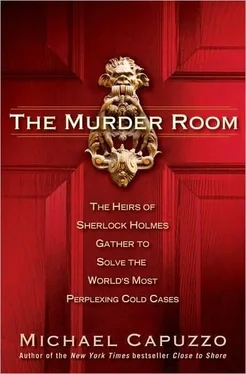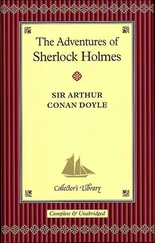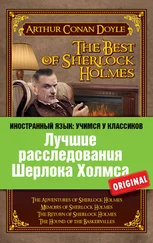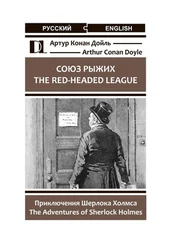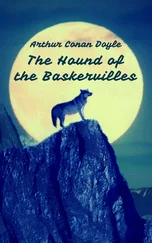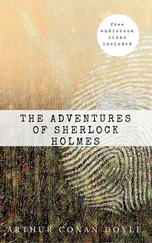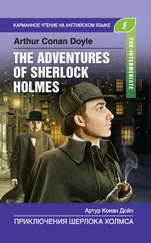Walter was nearly seventy years old and suffered winter ailments now of greater duration. But he hadn’t slowed down.
“Did I tell you about the time I killed a priest?” Walter asked.
The solving of the double murder in Hudson, Wisconsin, had become one of his favorite stories. After the suicide of Catholic priest Ryan Erickson, whom Walter had named as the prime suspect, the police had taken the profiler’s unusual advice to try to establish the dead cleric’s guilt in court. In a remarkable October 2005 “John Doe” hearing, St. Croix County circuit judge Eric Lundell determined the priest had committed the double murder to avoid exposure as a pedophile. The priest’s lawyer refused to attend, maintaining his deceased client’s innocence. There was no jury.
The prosecution presented fifteen witnesses. A young man testified that Father Ryan served him alcohol and sexually assaulted him repeatedly as a teenager in 2000 and 2001. An eyewitness described a car similar to Erickson’s parked outside the funeral home at the time of the killings. Detectives testified that Erickson knew crime scene details only the killer would know, such as how many bullets were fired into the victims (three) and where they struck (in the head). A church deacon testified that Erickson confessed the killings to him. Erickson was looking out a window when he blurted out, “I done it, and they’re going to get me… Do you know what they do with young guys in prison, especially priests?”
Judge Lundell wrote, “I conclude that Ryan Erickson probably committed the crimes in question. On a scale of one to ten, I would consider it a ten.” The Vidocq Society awarded the Medal of Honor to several members of the Hudson Police Department for solving the double murder at the O’Connell Funeral Home.
Fleisher was especially proud of their work on the tragic case of Marie Noe, convicted of killing eight of her babies. Three months after her arrest, Marie Noe, then seventy years old and walking into the courtroom with a cane, pleaded guilty in June 1999 to smothering eight of her ten children beginning in 1949. The case drew national attention, forcing police and medical professionals to rethink many cases long believed to be sudden infant death syndrome or “crib death” as possible murders.
Marie’s husband, Arthur, sat shaking his head as the names of the eight children were read aloud, and the prosecutor described his wife as “as much a mass murderer as Ted Bundy.”
Noe’s lawyer, David Rudenstein, said Marie did not have “the heart of a killer. This is one of those situations that make us human. Some things happen in life that we cannot understand.”
The court treated Marie more like a sad old mother than a psychopathic killer. She would serve no jail time for mass murder. By the conditions of her plea bargain, which took into account Arthur’s frail health, she was given twenty years of probation, the first five under home confinement, with at least a year with an electronic monitoring ankle bracelet. She was also ordered to undergo treatment sessions with a psychiatrist; her brain was said to be important to study for clues to the root causes of infanticide. Marie told detectives, “All I can figure is that I’m ungodly sick.”
The Vidocq Society had awarded Medals of Honor to Philadelphia magazine writer Stephen Fried and Philadelphia homicide Sergeant Larry Nodiff for their work on the Noe case.
Even amid celebration, Fleisher had regrets. “I’m Jewish,” he said. “I always have regrets.”
Near the top of the list was Carol Ann Dougherty, the nine-year-old raped and murdered in a church in 1962. The Bristol police investigation had gone nowhere. DNA testing advised by the Vidocq Society was “inconclusive.” In 1997, Chief Frank Peranteau told the Vidocq Society that “he considers the matter over as the Grand Jury had identified a possible suspect who has been convicted of another murder in another state,” O’Kane wrote in the Vidocq case log. “The investigation appeared to clear the suspect priest, but he could not explain the ligature,” the strangulation marks that matched a priest’s cincture. No arrests were made.
But thirteen years after the Vidocq Society called the priest the prime suspect, a Philadelphia grand jury in 2005 named Father Sabadish one of sixty-three pedophile priests that the Archdiocese of Philadelphia had allowed to prey on their flocks in the past fifty years. The archdiocese was accused of routinely transferring molesters to keep hundreds of abuse allegations from surfacing.
Joan McCrane testified to the grand jury that Sabadish molested her when she was seven years old in 1960, two years before Carol was murdered, at St. Michael the Archangel in Levittown. It started with “tickling,” she said. “He’d put his hands on my shoulders. Then, on my chest. Then, down my pants… He told me that it was our secret and that I was never to tell anyone or we’d both go to hell. I never said anything because I was a little girl and I was scared to death.”
Transferred to St. Mark’s in 1962, Sabadish molested her for two more years, then started abusing her ten-year-old brother, Bill Henis. Sabadish’s assaults on the siblings occurred at the rectories at St. Mark’s and St. Michael’s, the priest’s home, his car, and his mother’s home, often weekly.
“I hated the guy and I was afraid of him,” Henis said. “He didn’t like kids. He’d slap you around, call you stupid. You never knew what would set him off… Sabadish said this is how he showed his love for me. He’d always give me candy. The glove compartment of his car was always filled with it. He’d tell me candy fairies had put it there.”
Sabadish didn’t live to see his secret exposed. After serving as chaplain of the Norristown church, he was appointed in 1994 to the fifteenth parish of his career, as the parochial vicar of St. Stanislaus in Lansdale, Pennsylvania, before retiring. He died in 1999 at the age of eighty-one. He was eulogized by another priest as a man who “touched countless souls, especially those of children.”
Fleisher remained confident the VSMs were right, and the police had missed it. “It was the priest all along,” he said. “The guy was a monster.”
Forty-seven years after her murder, the Carol Ann Dougherty murder case remained cold.
As the great hall filled, a crowd formed around Bender. The sculptor was, as he often had been, the man of the moment. His ID of Colorado Jane Doe, which would make national news, helped crack the oldest case the Vidocq Society had ever worked on in the field.
Fleisher had just learned that the Boulder County sheriff ’s office had identified the unknown corpse found by hikers along the banks of Boulder Creek on April 8, 1954, as Dorothy Gay Howard, an eighteen-year-old blond woman reported as missing from Phoenix, Arizona.
VSMs had worked the case since 2004, when the sheriff ’s office reopened it. The Vidocq Society sent two nationally renowned forensic scientists to exhume Jane Doe’s grave-VSM Dr. Walter Birkby, a forensic anthropologist at the Human Identification Laboratory in Tucson, Arizona, and forensic pathologist Dr. Richard Froede, the former U.S. Defense Department chief medical examiner.
Dr. Birkby had appeared in the Discovery Channel documentary Mummies: Frozen in Time, and been part of a scientific team that uncovered the remains of Colorado cannibal Alfred Packer and the five gold prospectors he killed and ate in 1874 (their bones showed “an insatiable hunger”).
Jane Doe’s grave had collapsed in half a century, crushing the skeleton, and forcing the two VSMs to work painstakingly for two days recovering her remains. Dr. Birkby spent three to four weeks at the Human Identification Laboratory just piecing together the many shattered pieces of the woman’s skull before Bender could build a face on it. Bender’s bust appeared on America ’s Most Wanted, adding to an avalanche of publicity that prompted Michelle Marie Fowler to contact the sheriff ’s office, saying she thought Jane Doe was Howard, her great-aunt. A DNA sample from another great-aunt-Roberta Marlene Howard Ashman, a surviving younger sister of Howard-matched the DNA that Drs. Birkby and Froede had recovered from the grave. The mystery that had haunted the family was over, Ashman said. They could “begin the journey of healing and closure that has eluded our family for the past fifty-six years.”
Читать дальше
